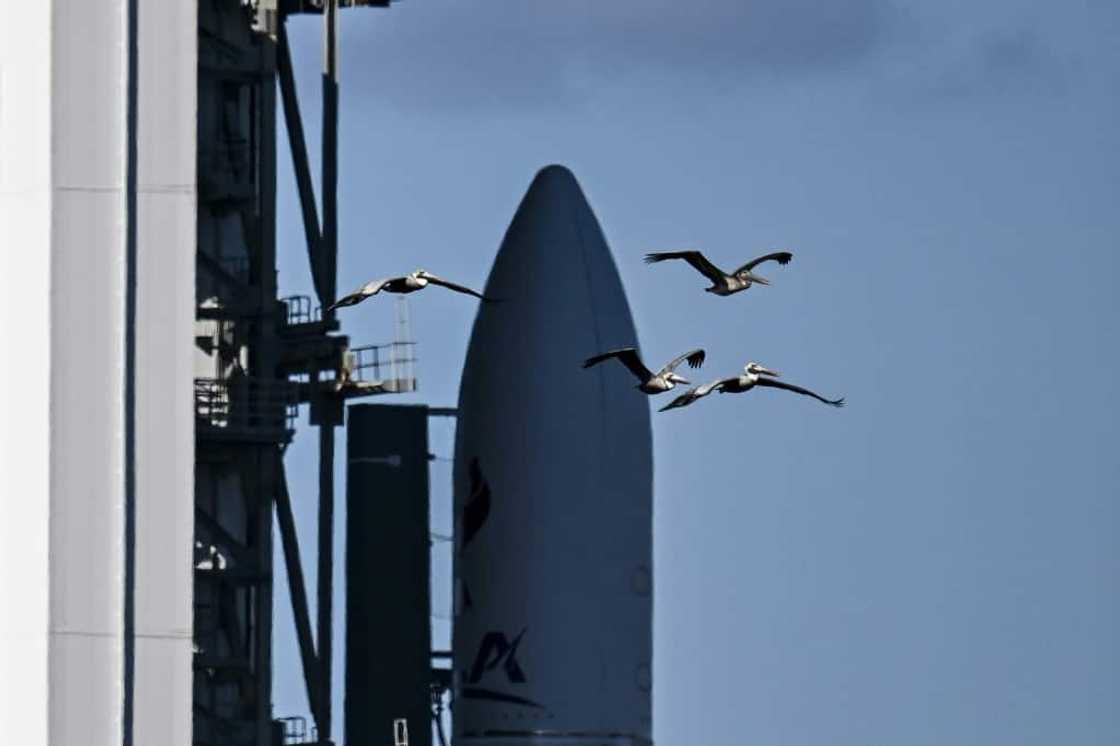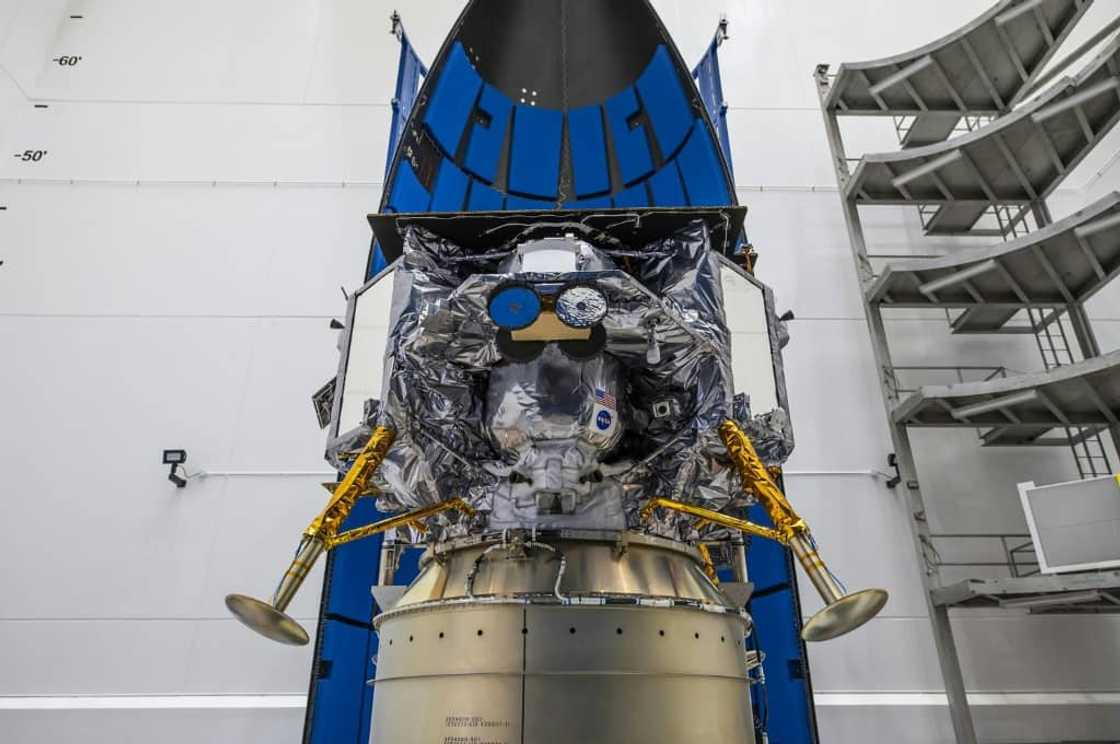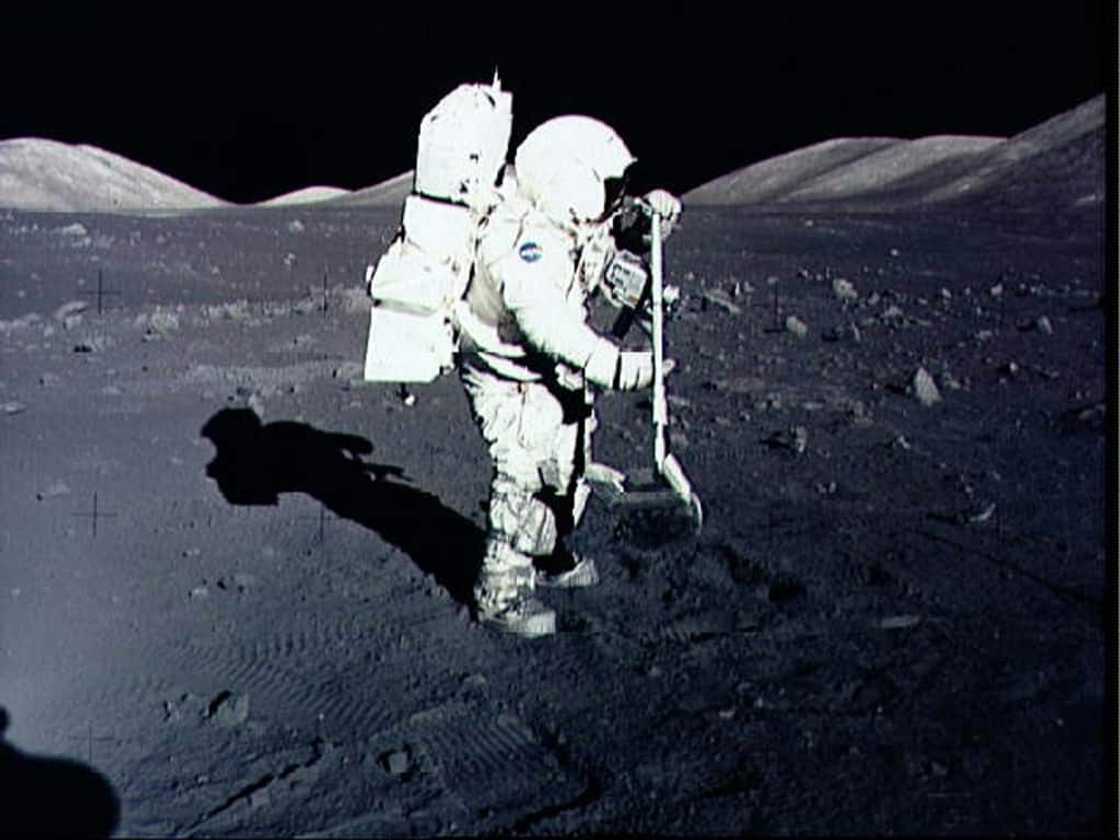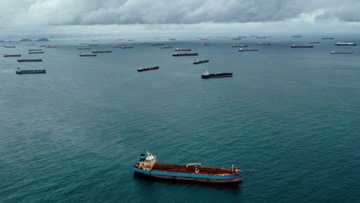Private industry leads America's first Moon landing since Apollo

Source: AFP
The first American spacecraft to attempt to land on the Moon in more than half a century is poised to blast off early Monday -- but this time, private industry is leading the charge.
A brand new rocket, United Launch Alliance's Vulcan Centaur, should lift off from Cape Canaveral Space Force Station at 2:18 am (7:18 GMT) for its maiden voyage, carrying Astrobotic's Peregrine Lunar Lander. Weather so far appears favorable.
If all goes to plan, Peregrine will touch down on a mid-latitude region of the Moon called Sinus Viscositatis, or Bay of Stickiness, on February 23.
"Leading America back to the surface of the Moon for the first time since Apollo is a momentous honor," Pittsburgh-based Astrobotic's CEO John Thornton said ahead of the launch.
Until now, a soft landing on Earth's nearest celestial neighbor has only been accomplished by a handful of national space agencies: the Soviet Union was first, in 1966, followed by the United States, which is still the only country to put people on the Moon.
China has successfully landed three times over the past decade, while India was the most recent to achieve the feat on its second attempt, last year.
Now, the United States is turning to the commercial sector in an effort to stimulate a broader lunar economy and ship its own hardware at a fraction of the cost, under the Commercial Lunar Payload Services (CLPS) program.
A challenging task

Source: AFP
The space agency has paid Astrobotic more than $100 million for the task, while another contracted company, Houston-based Intuitive Machines, is looking to launch in February and land near the south pole.
"We think that it's going to allow... more cost effective and more rapidly accomplished trips to the lunar surface to prepare for Artemis," said NASA's Joel Kearns, deputy associate administrator for exploration.
Artemis is the NASA-led program to return astronauts to the Moon later this decade, in preparation for future missions to Mars.
Controlled touchdown on the Moon is a challenging undertaking, with roughly half of all attempts ending in failure. Absent an atmosphere that would allow the use of parachutes, a spacecraft must navigate through treacherous terrain using only its thrusters to slow descent.
Private missions by Israel and Japan, as well as a recent attempt by the Russian space agency have all ended in failure -- though the Japanese Space Agency is targeting mid-January for the touchdown of its SLIM lander launched last September.
Making matters more fraught is the fact it is the first launch for ULA's Vulcan, although the company boasts it has a 100 percent success rate in its more than 150 prior launches.
ULA's new rocket is planned to have reusable first stage booster engines, which the company, a joint venture between Lockheed Martin and Boeing, expects will help it achieve cost savings.
Science instruments, human remains

Source: AFP
On board Peregrine are a suite of scientific instruments that will probe radiation and surface composition, helping to pave the way for the return of astronauts.
But it also contains more colorful cargo, including a shoebox-sized rover built by Carnegie Mellon University, a physical Bitcoin, and, somewhat controversially, cremated remains and DNA, including those of Star Trek creator Gene Roddenberry, legendary sci-fi author and scientist Arthur C. Clarke, and a dog.
The Navajo Nation, America's largest Indigenous tribe, has said sending these to the Moon desecrates a body that is sacred to their culture and have pleaded for the cargo's removal. Though they were granted a last ditch meeting with White House, NASA and other officials, their objections have been ignored.
The Vulcan rocket's upper stage, which will circle the Sun after it deploys the lander, is meanwhile carrying more late cast members of Star Trek, as well as hair samples of presidents George Washington, Dwight D Eisenhower and John F Kennedy.
PAY ATTENTION: Follow Briefly News on Twitter and never miss the hottest topics! Find us at @brieflyza!
Source: AFP




